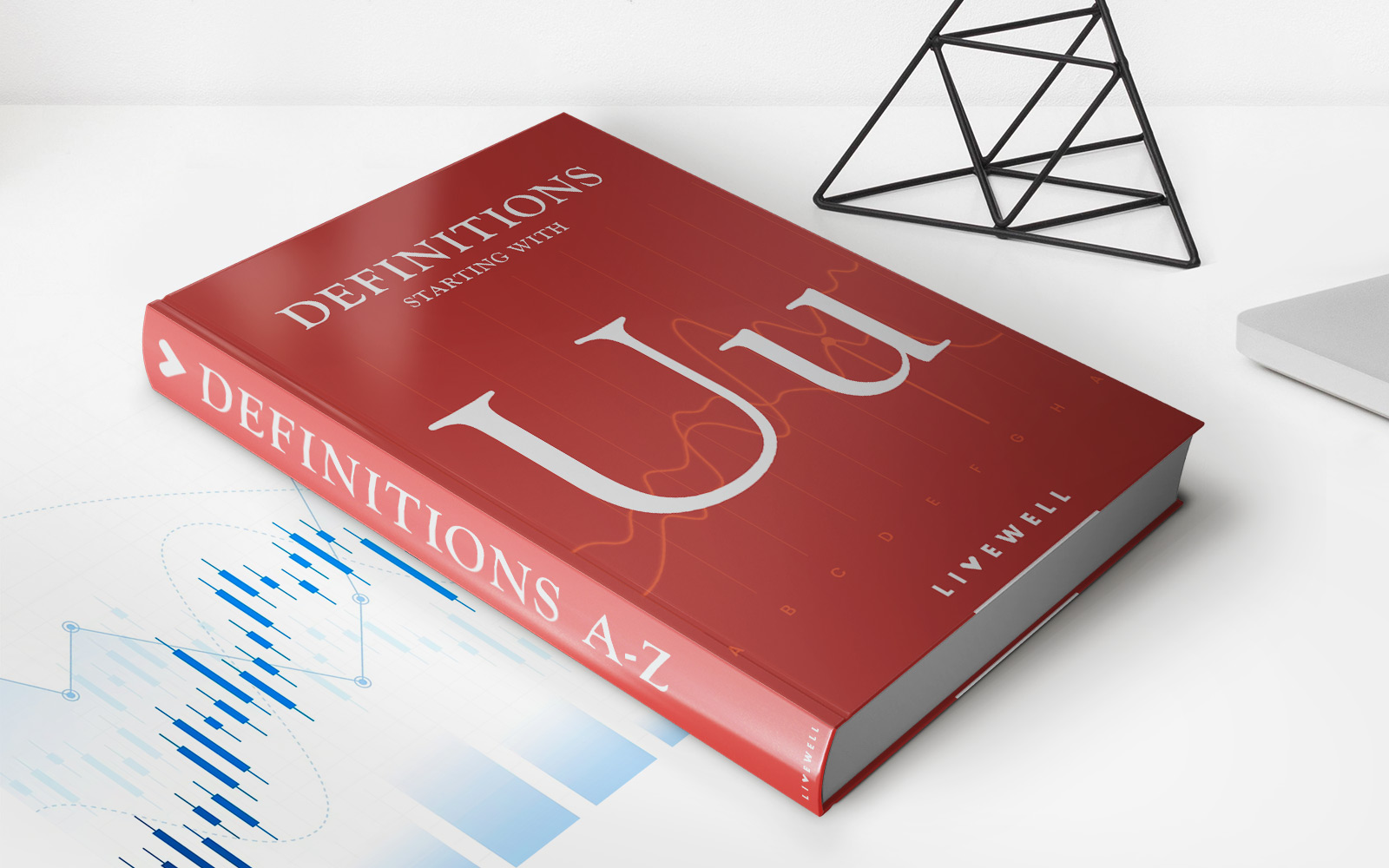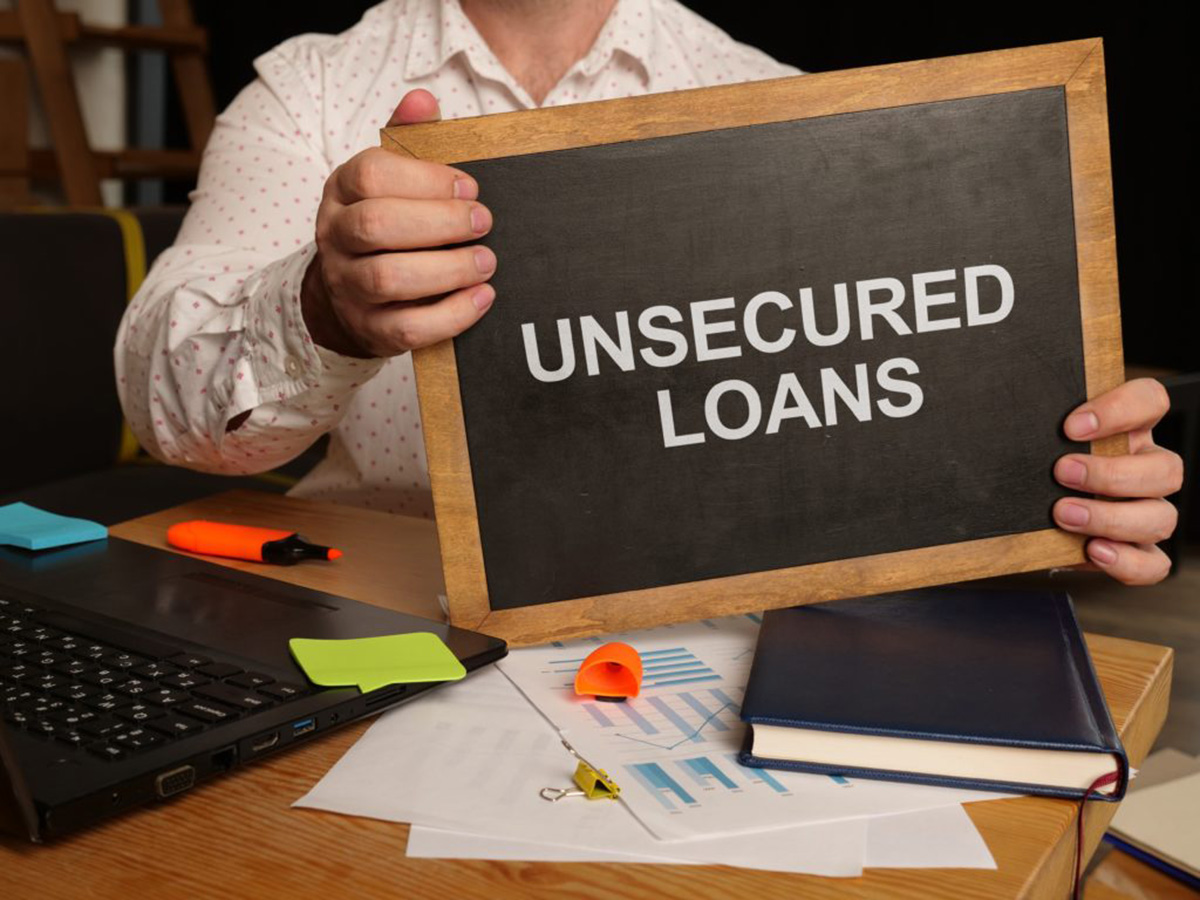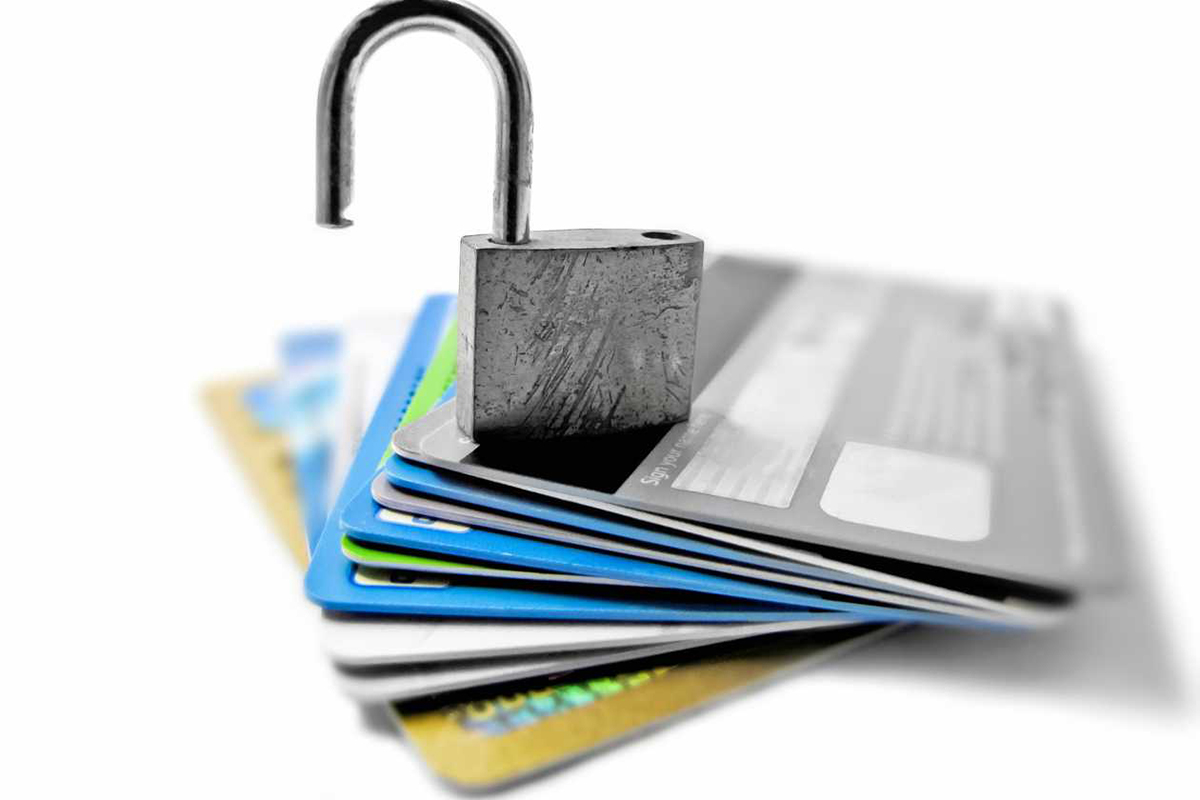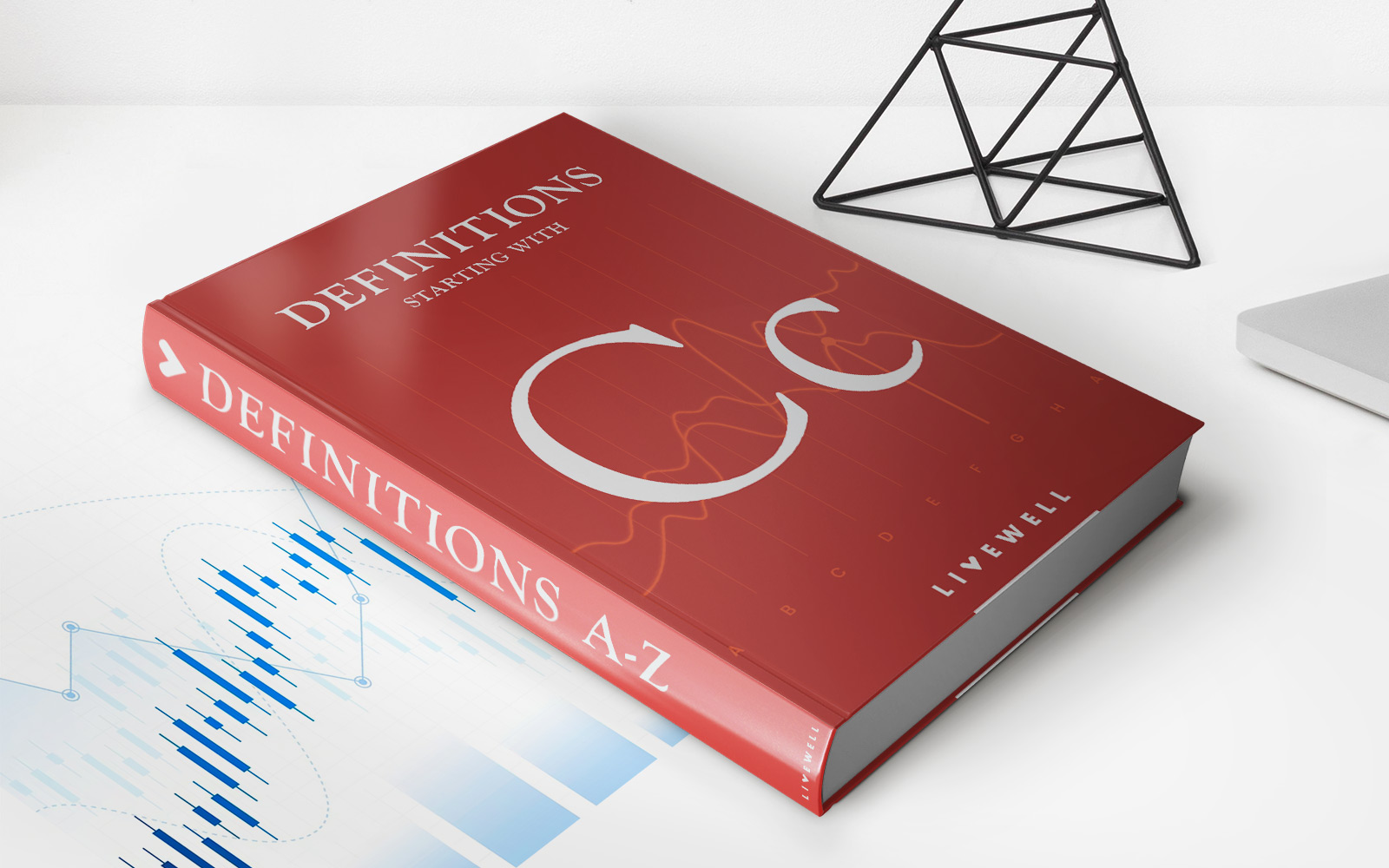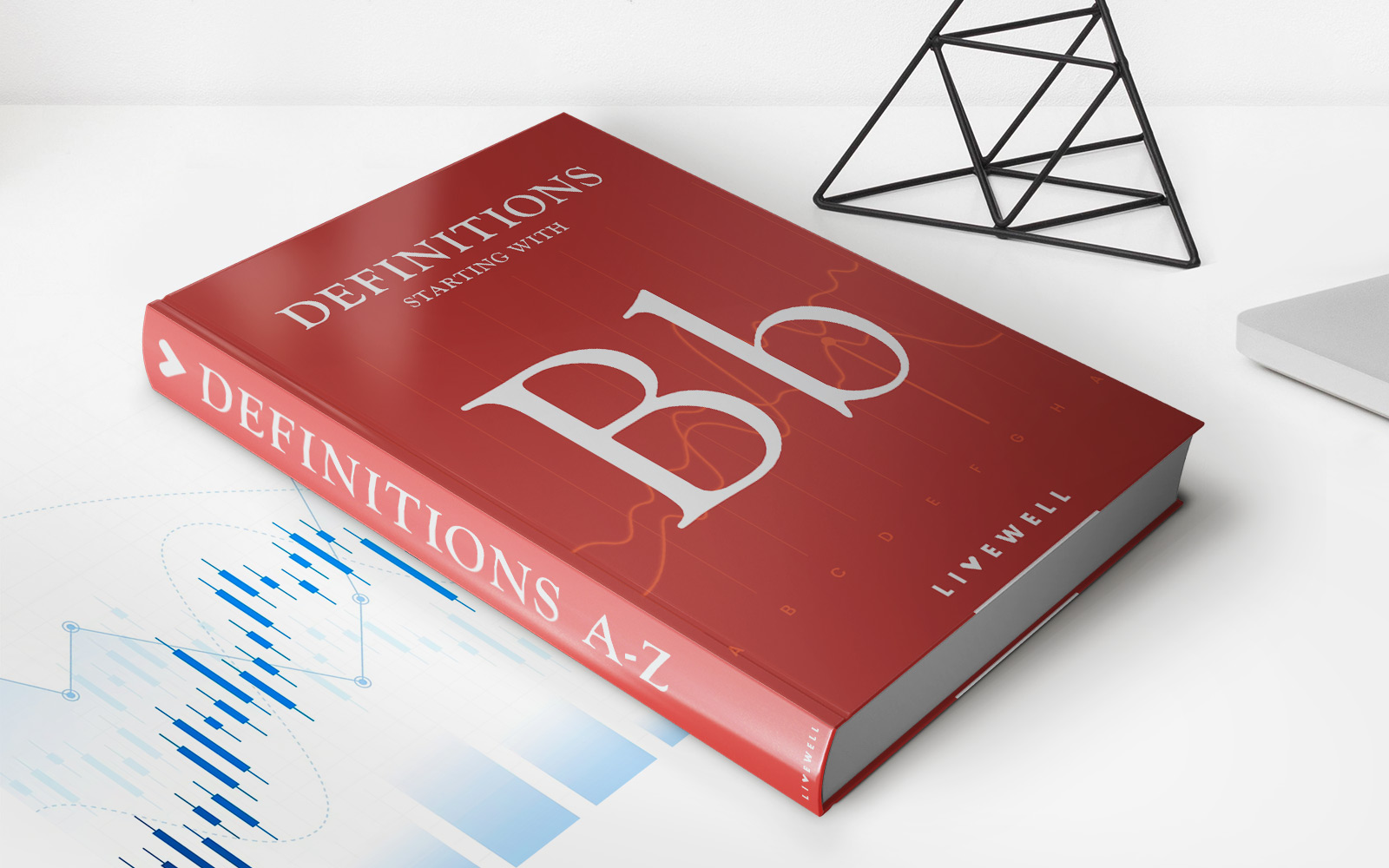

Finance
What Is Unsecured Credit
Published: January 13, 2024
Looking for information on unsecured credit? Find out what it is and how it can help you with your finance needs.
(Many of the links in this article redirect to a specific reviewed product. Your purchase of these products through affiliate links helps to generate commission for LiveWell, at no extra cost. Learn more)
Table of Contents
Introduction
In the world of personal finance, credit is a fundamental concept that plays a significant role in our financial lives. It allows individuals to make purchases, fulfill their needs, and achieve their financial goals, even when they don’t have immediate access to cash. While there are different types of credit available, one common form is unsecured credit.
Unsecured credit refers to a type of credit that is not backed by collateral. Unlike secured credit, such as a mortgage or a car loan, unsecured credit does not require borrowers to provide an asset as security against the debt. Instead, lenders extend credit based solely on the borrower’s creditworthiness and financial history.
Unsecured credit can come in various forms, such as credit cards, personal loans, and lines of credit. It offers individuals the flexibility to access funds without having to put up their assets as collateral. However, it also comes with its own set of advantages and disadvantages, along with certain risks that borrowers should be aware of.
In this article, we will dive deeper into the world of unsecured credit, exploring how it works, its pros and cons, the different types available, the qualification process, factors impacting approval, and strategies for building and improving unsecured credit. Whether you’re considering applying for unsecured credit or simply want to enhance your knowledge in the financial sphere, this article will provide you with valuable insights and guidance.
Definition of Unsecured Credit
Unsecured credit is a financial term that refers to credit extended to borrowers without requiring any collateral or security. Unlike secured credit, which is backed by a specific asset, unsecured credit relies solely on the borrower’s creditworthiness and promise to repay the debt.
When borrowers are approved for unsecured credit, they are granted a line of credit or a loan amount based on factors such as their credit score, income, employment history, and overall financial stability. The lender does not have a legal claim on any specific asset if the borrower fails to repay the debt.
Unsecured credit is commonly used for various purposes, such as making purchases, consolidating debts, funding education, or covering unexpected expenses. It offers borrowers the flexibility to access funds without the need to provide collateral, which can be advantageous for those who may not have valuable assets to secure their credit.
It’s important to note that unsecured credit typically comes with higher interest rates compared to secured credit. This is because lenders take on a higher risk when extending credit without any collateral. The interest rates charged help offset this risk and reflect the lender’s assessment of the borrower’s creditworthiness.
Examples of unsecured credit include credit cards, personal loans, student loans, and lines of credit. Each of these forms of credit has its own terms and conditions, repayment terms, and borrowing limits, which can vary based on the borrower’s creditworthiness.
Understanding the concept of unsecured credit is essential for individuals looking to access credit for their financial needs. By knowing the distinction between unsecured and secured credit, borrowers can make informed decisions about which type of credit is most suitable for their specific circumstances.
How Unsecured Credit Works
Unsecured credit operates on the principle of trust and creditworthiness. When a borrower applies for unsecured credit, the lender evaluates their financial history, credit score, and other factors to determine their eligibility and the terms of the credit.
If approved, the borrower is granted a certain credit limit or loan amount, which they can access as needed. For example, with a credit card, the borrower can make purchases up to the approved credit limit, and with a personal loan, they receive a lump sum amount that is repaid over time.
Once the borrower starts using the credit, they are required to make regular payments to the lender, typically on a monthly basis. These payments consist of both the principal amount borrowed and any applicable interest charges.
Unlike secured credit, where the lender can seize the collateral in case of default, unsecured credit does not have specific assets linked to the debt. Instead, the lender relies on legal remedies, such as reporting late payments to credit bureaus, pursuing legal actions, or selling the debt to collections agencies to recoup their funds.
When it comes to repayment, borrowers have the option to make minimum payments, which cover only a portion of the outstanding balance, or pay off the full amount owed each month. Making only minimum payments may result in carrying a balance and incurring interest charges, which can add up over time.
It’s important for borrowers to manage their unsecured credit responsibly. Late payments or defaulting on unsecured credit can have negative consequences, such as impacting credit scores, incurring late fees or penalties, and potentially facing legal actions by the lender. On the other hand, responsible usage and timely payments can help build a positive credit history and improve creditworthiness.
It’s worth noting that unsecured credit often provides individuals with the benefit of a revolving credit line, meaning they can continue to use the available credit as long as they make the required payments. This flexibility can be advantageous for managing short-term cash flow needs, emergencies, or ongoing expenses.
Understanding how unsecured credit works is crucial for borrowers to make informed decisions and use credit responsibly. By being aware of their credit limits, repayment terms, and the impact of their actions on their creditworthiness, individuals can navigate the world of unsecured credit successfully.
Pros and Cons of Unsecured Credit
Unsecured credit offers individuals the ability to access funds without providing collateral, but it comes with its own set of advantages and disadvantages. It’s important to consider these pros and cons before deciding to apply for unsecured credit:
Pros of Unsecured Credit:
- Flexibility: Unsecured credit provides borrowers with flexibility in how they use their funds. Whether it’s making purchases, consolidating debts, or covering unexpected expenses, borrowers have the freedom to use the credit as needed.
- No Collateral Required: One of the main advantages of unsecured credit is that borrowers do not need to provide any collateral. This means they don’t have to risk losing their assets in case of default.
- Builds Credit History: Responsible use of unsecured credit can help individuals build a positive credit history. Making timely payments and managing credit utilization can improve credit scores, making it easier to qualify for future loans or credit.
- Ease of Access: Compared to secured credit, unsecured credit is often easier to access. The qualification process may not require extensive documentation or evaluation of specific assets.
Cons of Unsecured Credit:
- Higher Interest Rates: Unsecured credit usually comes with higher interest rates compared to secured credit. Lenders charge higher rates due to the increased risk they take on when offering credit without collateral. Borrowers need to be mindful of the potential cost of borrowing.
- Creditworthiness Requirements: To qualify for unsecured credit, borrowers typically need to have a good credit score and a stable financial history. Those with lower credit scores may face more difficulty in obtaining unsecured credit or may be offered less favorable terms.
- Potential for Debt Accumulation: The flexibility of unsecured credit can also be a disadvantage if borrowers are not disciplined in their repayment. Carrying high balances or only making minimum payments can lead to accumulating debt and incurring significant interest charges.
- Negative Impacts on Credit Score: Failing to make timely payments or defaulting on unsecured credit can have a negative impact on credit scores. This can make it harder to qualify for future loans or credit at favorable terms.
Understanding the pros and cons of unsecured credit allows individuals to make informed decisions about their borrowing needs. It’s essential to weigh the advantages and disadvantages, considering personal financial circumstances and goals, before applying for unsecured credit.
Types of Unsecured Credit
Unsecured credit comes in various forms, providing individuals with different options to meet their financial needs. Here are some common types of unsecured credit:
Credit Cards:
Credit cards are one of the most popular forms of unsecured credit. They allow individuals to make purchases up to a predetermined credit limit. Borrowers are required to make minimum monthly payments and have the option to carry a balance or pay off the full amount owed. Credit cards often come with additional benefits such as rewards programs or cash-back offers.
Personal Loans:
Personal loans are another type of unsecured credit that provides borrowers with a lump sum amount to be paid back over a specified term. These loans can be used for various purposes, such as consolidating debt, financing a major expense, or funding home improvements. Personal loans usually have fixed repayment terms and interest rates.
Lines of Credit:
A line of credit is a flexible form of unsecured credit that allows borrowers to access funds as needed, up to a predetermined credit limit. Unlike a loan, where borrowers receive a lump sum, lines of credit work more like a credit card. Borrowers can withdraw funds as necessary and make repayments based on the amount borrowed. Lines of credit often come with variable interest rates.
Student Loans:
Student loans are a type of unsecured credit specifically designed to help students finance their education. These loans can cover tuition fees, textbooks, and other educational expenses. Student loans often come with favorable repayment terms, such as deferred payments until after graduation or lower interest rates compared to other unsecured credit options.
Payday Loans:
Payday loans are short-term, unsecured loans that provide individuals with access to a small amount of money, typically to be repaid on their next payday. Payday loans often come with high interest rates and are intended to be used as a last resort for emergency situations. Due to the high borrowing costs and potential for a debt cycle, payday loans should be approached with caution.
These are just a few examples of the types of unsecured credit available. It’s important for borrowers to carefully consider their needs and evaluate the terms and conditions of each type of unsecured credit before choosing the one that best suits their financial situation.
Qualifying for Unsecured Credit
Qualifying for unsecured credit requires meeting certain criteria set by lenders. While the specific requirements may vary depending on the lender and type of credit, there are common factors that lenders consider when evaluating applications:
Credit Score:
One of the primary factors lenders assess is the borrower’s credit score. A higher credit score indicates a lower level of risk for lenders, making it easier to qualify for unsecured credit. Lenders often have a minimum credit score requirement, and borrowers with higher scores may be offered more favorable terms and lower interest rates.
Income and Employment:
Lenders evaluate the borrower’s income and employment history to determine their ability to repay the credit. They typically require proof of a steady income source and employment stability. Borrowers with higher incomes and a longer employment history may be more likely to qualify for larger credit limits or loan amounts.
Debt-to-Income Ratio:
Lenders assess the borrower’s debt-to-income ratio, which compares their monthly debt payments to their income. A lower ratio indicates a lower risk of default and may increase the chances of qualifying for unsecured credit. Maintaining a balanced debt-to-income ratio by managing existing debts can improve the likelihood of approval.
Payment History:
Lenders review the borrower’s payment history to assess their past behavior in meeting financial obligations. Consistently making on-time payments on existing credit accounts, such as credit cards or loans, demonstrates responsible financial management and increases chances of approval for new unsecured credit.
Length of Credit History:
The length of the borrower’s credit history also plays a role in qualifying for unsecured credit. Lenders prefer borrowers with a longer credit history as it provides more data on their creditworthiness. Younger individuals or those with limited credit history may face challenges in obtaining unsecured credit.
Other Factors:
In addition to the above factors, lenders may consider other aspects such as the borrower’s age, residency status, and the purpose of the credit. Some lenders may have specific requirements or restrictions based on these factors.
It’s important to note that meeting these qualification criteria does not guarantee approval, as lenders consider various factors and use their own assessment criteria. It’s advisable to shop around, compare different lenders and credit options, and ensure that the terms and conditions align with your financial situation and goals.
Factors Affecting Unsecured Credit Approval
When applying for unsecured credit, several factors come into play that can influence the lender’s decision to approve or deny the credit application. It’s crucial to be aware of these factors to understand how they can impact your chances of getting approved:
Credit Score:
A major factor that lenders consider is the applicant’s credit score. A higher credit score indicates a lower credit risk and makes it more likely for the borrower to be approved for unsecured credit. Lenders typically have a minimum credit score requirement, and borrowers with better credit scores may be offered more favorable terms and lower interest rates.
Income and Debt-to-Income Ratio:
Lenders evaluate the borrower’s income and debt-to-income ratio (DTI) to assess their ability to repay the debt. The income level shows if the borrower has the financial means to make monthly payments, while the DTI ratio provides insight into the borrower’s existing debt obligations. A lower DTI ratio is often preferred by lenders, as it indicates that the borrower has less financial strain and is more likely to manage additional debt responsibly.
Employment History and Stability:
Having a stable employment history plays a vital role in unsecured credit approval. Lenders prefer borrowers with a steady job and a consistent income source, as it indicates a reliable cash flow to meet the repayment obligations. Frequent job changes or gaps in employment may raise concerns and could impact the approval decision.
Payment History:
Lenders scrutinize the applicant’s payment history, looking for any late payments, defaults, or derogatory marks on their credit report. A history of on-time payments demonstrates responsible financial behavior and enhances the chances of approval. Conversely, a track record of missed or late payments may raise red flags and make lenders hesitant to extend unsecured credit.
Credit Utilization Ratio:
Credit utilization ratio refers to the amount of available credit a borrower is using compared to their total credit limit. Lenders prefer borrowers with lower credit utilization ratios, as it signifies responsible credit management. Keeping credit utilization below 30% is generally recommended to improve the chances of unsecured credit approval.
Credit History Length:
The length of the borrower’s credit history is also considered by lenders. A longer credit history provides more data for lenders to assess the borrower’s creditworthiness. Individuals with limited credit history or those who are new to credit may find it more challenging to get approved for unsecured credit.
It is important to note that each lender has its own set of criteria and weighting for these factors, so it’s possible for different lenders to have varying approval outcomes. It’s essential to review and understand the specific requirements and preferences of the lender you are applying to, as well as work on improving these factors to increase your chances of unsecured credit approval.
Risks Associated with Unsecured Credit
While unsecured credit provides individuals with the flexibility to access funds without collateral, it is important to be aware of the potential risks involved. Understanding these risks can help borrowers make informed decisions and mitigate any negative consequences. Here are some common risks associated with unsecured credit:
Higher Interest Rates:
Unsecured credit typically comes with higher interest rates compared to secured credit. Lenders charge higher rates to compensate for the increased risk they take on by lending without collateral. Borrowers need to be cautious of the potential cost of borrowing and assess whether they can comfortably handle the interest charges.
Potential Debt Accumulation:
Unsecured credit can potentially lead to debt accumulation if not managed responsibly. The flexible nature of unsecured credit, such as credit cards, can tempt borrowers to spend beyond their means and carry high balances. Paying only the minimum amount due can result in a cycle of debt and accumulating interest charges over time.
Impact on Credit Score:
Mismanaging unsecured credit can negatively impact credit scores. Late payments, defaults, or exceeding credit limits can result in derogatory marks on credit reports, reducing credit scores. A lower credit score can make it more challenging to qualify for future credit or loans, and may lead to less favorable terms and higher interest rates.
Collection Actions:
When borrowers default on unsecured credit, lenders have legal remedies to collect the funds owed. This can include reporting the delinquency to credit bureaus, engaging collection agencies, or even pursuing legal action to recover the debt. These actions can have significant consequences, including damage to credit scores and potential lawsuits.
Identity Theft and Fraud:
Unsecured credit, especially credit cards, can be susceptible to identity theft and fraud. If personal information and credit card details are compromised, unauthorized transactions can occur, leading to financial losses and potential damage to credit history. Protecting personal information and monitoring credit card statements for any unauthorized activity is crucial.
Despite the associated risks, unsecured credit can be a valuable tool when used responsibly. By making timely payments, keeping credit utilization low, and managing debt wisely, borrowers can mitigate these risks and use unsecured credit to their advantage.
Building and Improving Unsecured Credit
Building and improving unsecured credit is a gradual process that requires discipline and responsible financial management. Here are some strategies to help borrowers build and improve their unsecured credit:
Make Timely Payments:
Consistently making on-time payments is one of the most important factors in building and improving credit. Paying credit card bills, loan installments, and other credit obligations by their due dates demonstrates responsible financial behavior and helps establish a positive payment history.
Manage Credit Utilization:
Maintaining a low credit utilization ratio is crucial for building and improving unsecured credit. Credit utilization refers to the percentage of available credit being utilized. Keeping the utilization below 30% is generally recommended. Paying credit card balances in full or making multiple payments throughout the month can help manage credit utilization effectively.
Monitor Credit Reports:
Regularly monitoring credit reports allows borrowers to identify any inaccuracies or potential issues that may be affecting their credit. By reviewing credit reports from the major credit bureaus (Equifax, Experian, and TransUnion), borrowers can ensure that all information is correct, dispute any errors, and address any negative items impacting their credit.
Build Credit History:
If an individual has limited or no credit history, it may be beneficial to start building credit by applying for a secured credit card or becoming an authorized user on someone else’s credit card. Timely payments on these accounts can help establish a positive credit history and demonstrate creditworthiness to future lenders.
Limit Credit Applications:
Submitting multiple credit applications within a short period can have a negative impact on credit scores. Aim to limit credit applications and only apply for credit when necessary. Each application results in a hard inquiry on the credit report, which can temporarily lower credit scores.
Diversify Credit Mix:
Having a mix of different types of credit, such as credit cards and installment loans, can demonstrate responsible credit management. However, it is important not to take on too many credit accounts simultaneously, as managing multiple accounts can become overwhelming.
Repay Debts:
Paying off existing debts can help improve credit utilization and creditworthiness. By reducing outstanding balances, borrowers show lenders that they are responsible in managing their debts and improving their overall financial health.
Building and improving unsecured credit requires time, patience, and responsible financial behavior. By following these strategies and staying consistent in managing credit obligations, borrowers can take positive steps towards establishing a solid credit foundation and enjoying the benefits of improved creditworthiness.
Conclusion
Unsecured credit plays a significant role in the world of personal finance, providing individuals with the flexibility to access funds without collateral. From credit cards to personal loans, unsecured credit offers various options to meet financial needs and achieve goals. However, it is essential to understand the advantages and disadvantages of unsecured credit before applying.
While unsecured credit grants borrowers the freedom to access funds without collateral, it also comes with potential risks. High-interest rates, the possibility of debt accumulation, and the impact on credit scores are important considerations. Responsible financial management is crucial to mitigate these risks and build or improve unsecured credit.
To qualify for unsecured credit, borrowers must meet specific criteria, including credit scores, income levels, and a good payment history. Lenders assess these factors to determine the borrower’s creditworthiness and ability to repay the debt.
By adopting responsible credit practices, such as making timely payments, managing credit utilization, and diversifying credit mix, individuals can establish and enhance their unsecured credit. Regularly monitoring credit reports and addressing any inaccuracies or negative items is also essential for maintaining healthy credit.
Understanding the various types of unsecured credit available allows individuals to choose the option best suited to their needs. Whether it’s fulfilling short-term cash flow requirements or funding major expenses, selecting a suitable form of unsecured credit is crucial.
In conclusion, unsecured credit can be a valuable financial tool when used responsibly. Building and improving unsecured credit takes time and effort, but the benefits of a positive credit history and increased borrowing capacity are worth it. By being mindful of the risks, managing credit wisely, and consistently meeting financial obligations, individuals can navigate the world of unsecured credit successfully and use it to achieve their financial goals.
